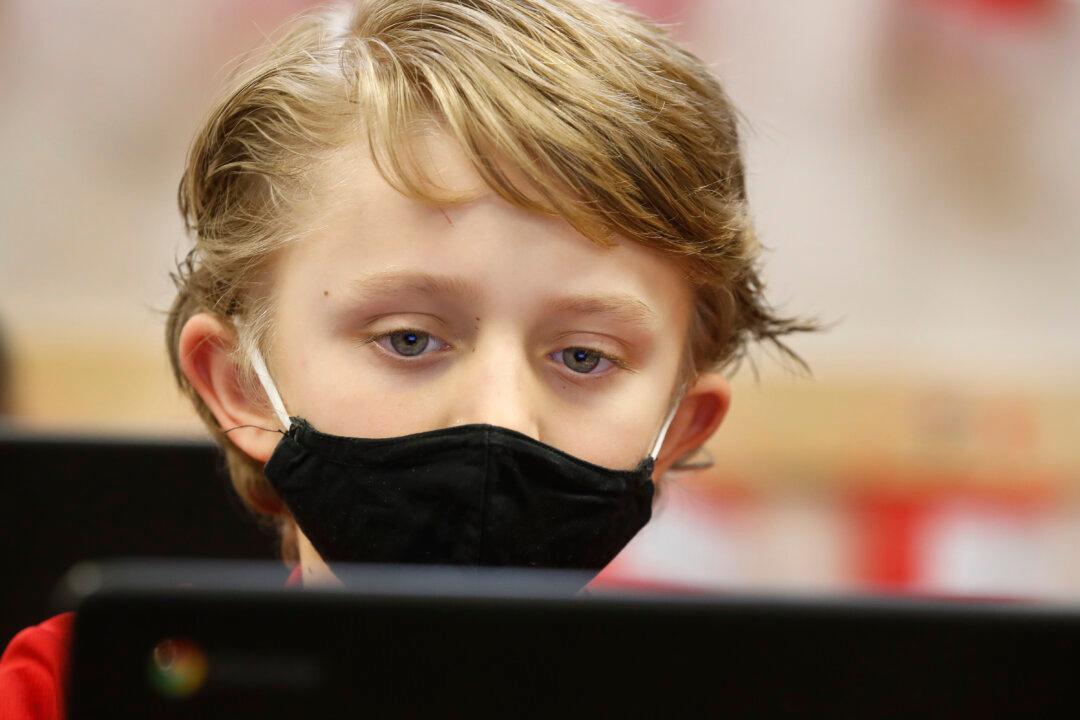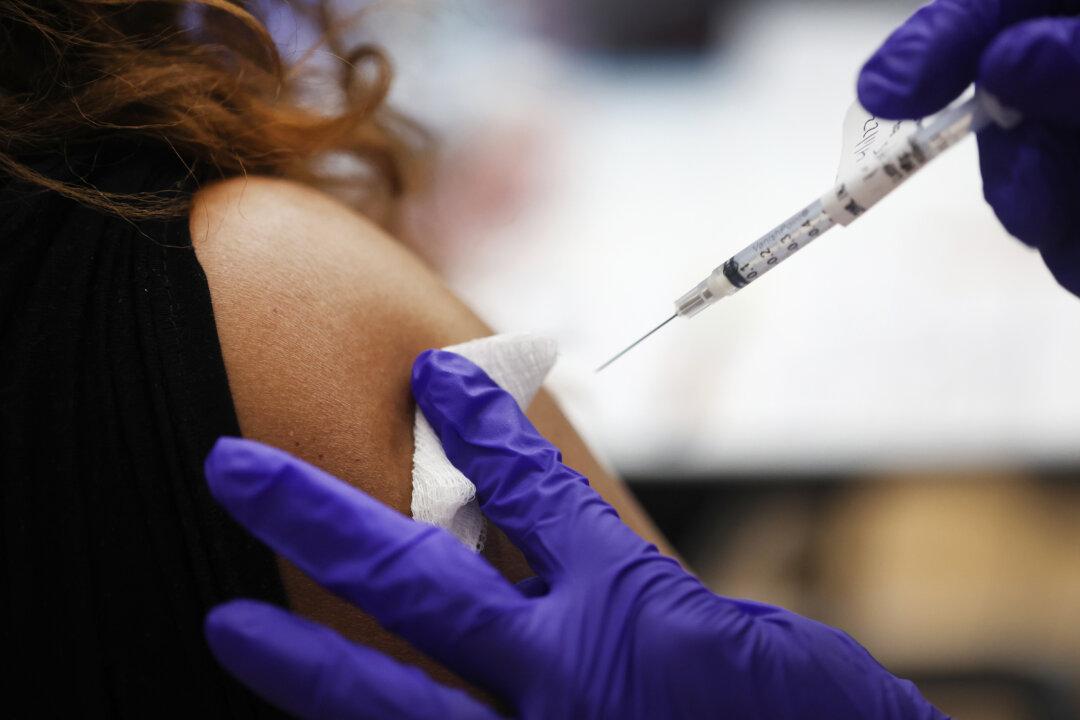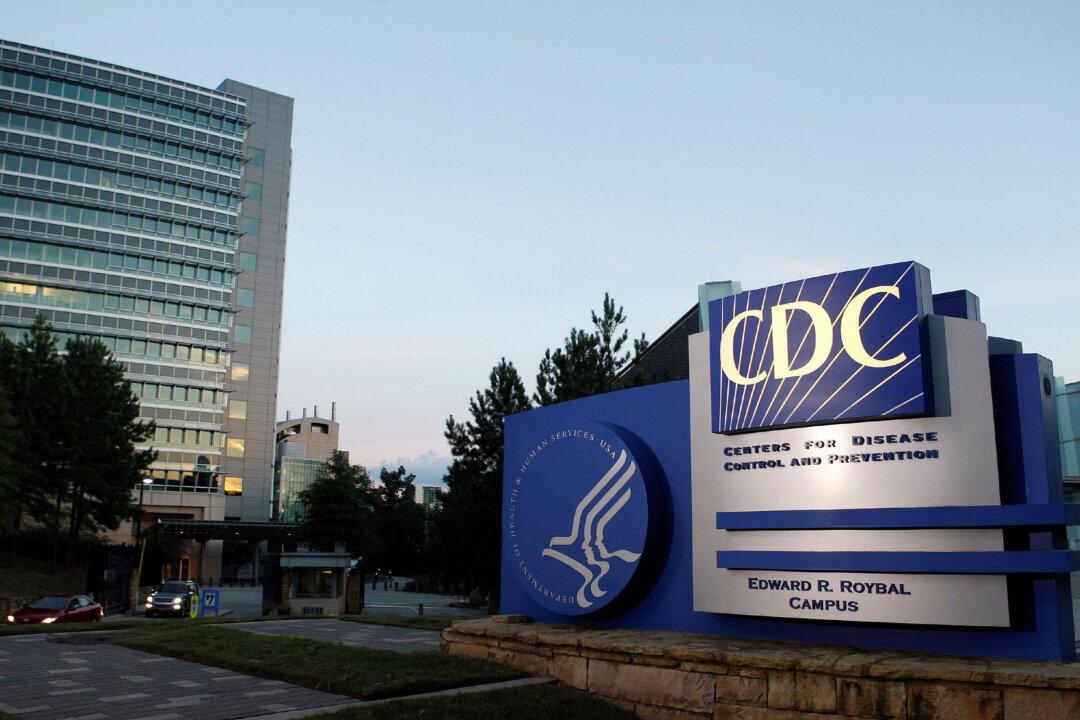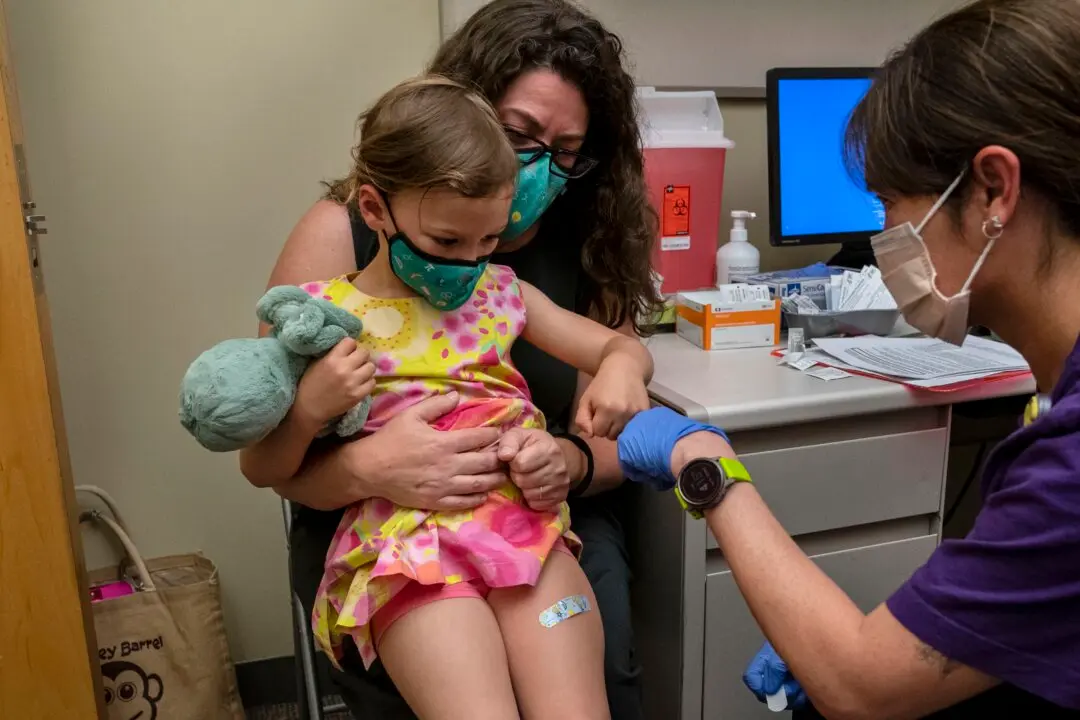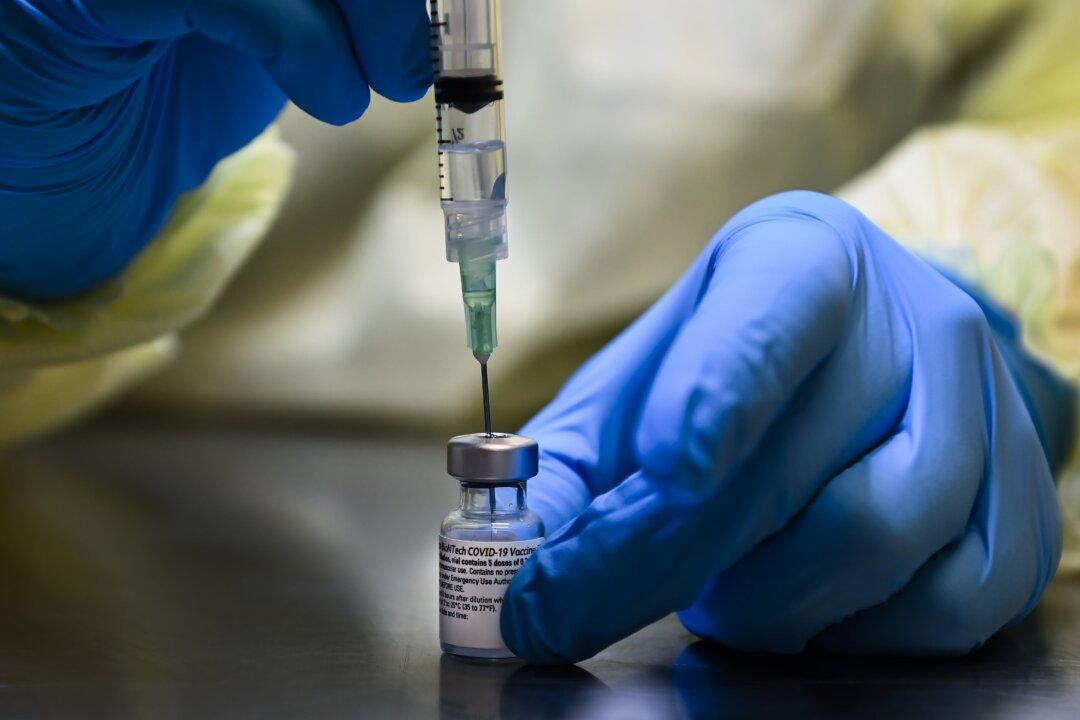A laboratory at the University of Florida that recently analyzed a small sample of protective masks detected the presence of 11 dangerous pathogens on the coverings, including bacteria that cause diphtheria, pneumonia, and meningitis.
Parents in Gainesville, Florida, who had concerns about the harm caused to their children wearing masks throughout the school day in 90-degree-Fahrenheit weather had sent six masks—five that were worn by children aged 6 to 11 for five to eight hours at school, and one worn by an adult—to be analyzed for contaminants at the University of Florida’s Mass Spectrometry Research and Education Center.

